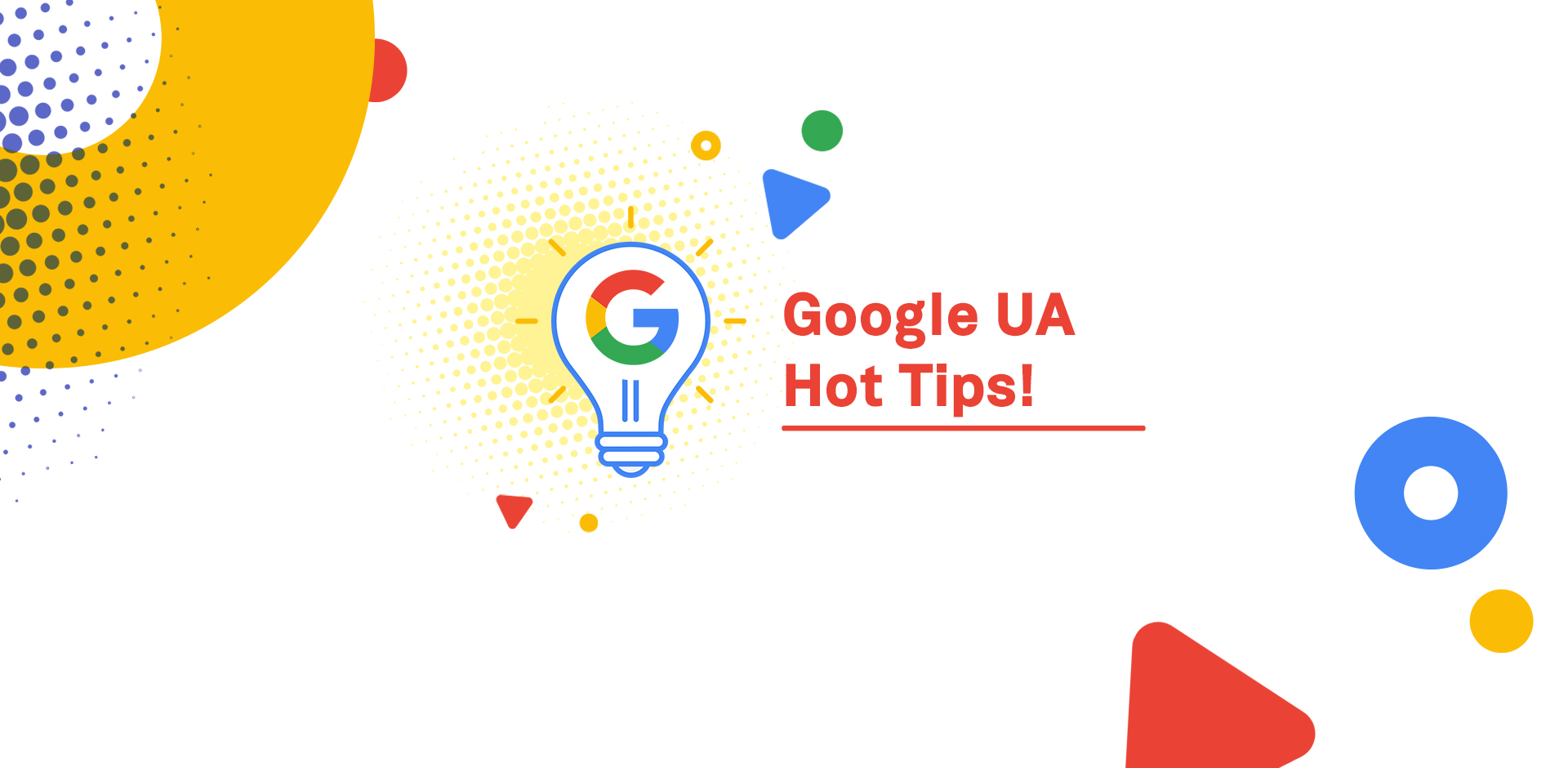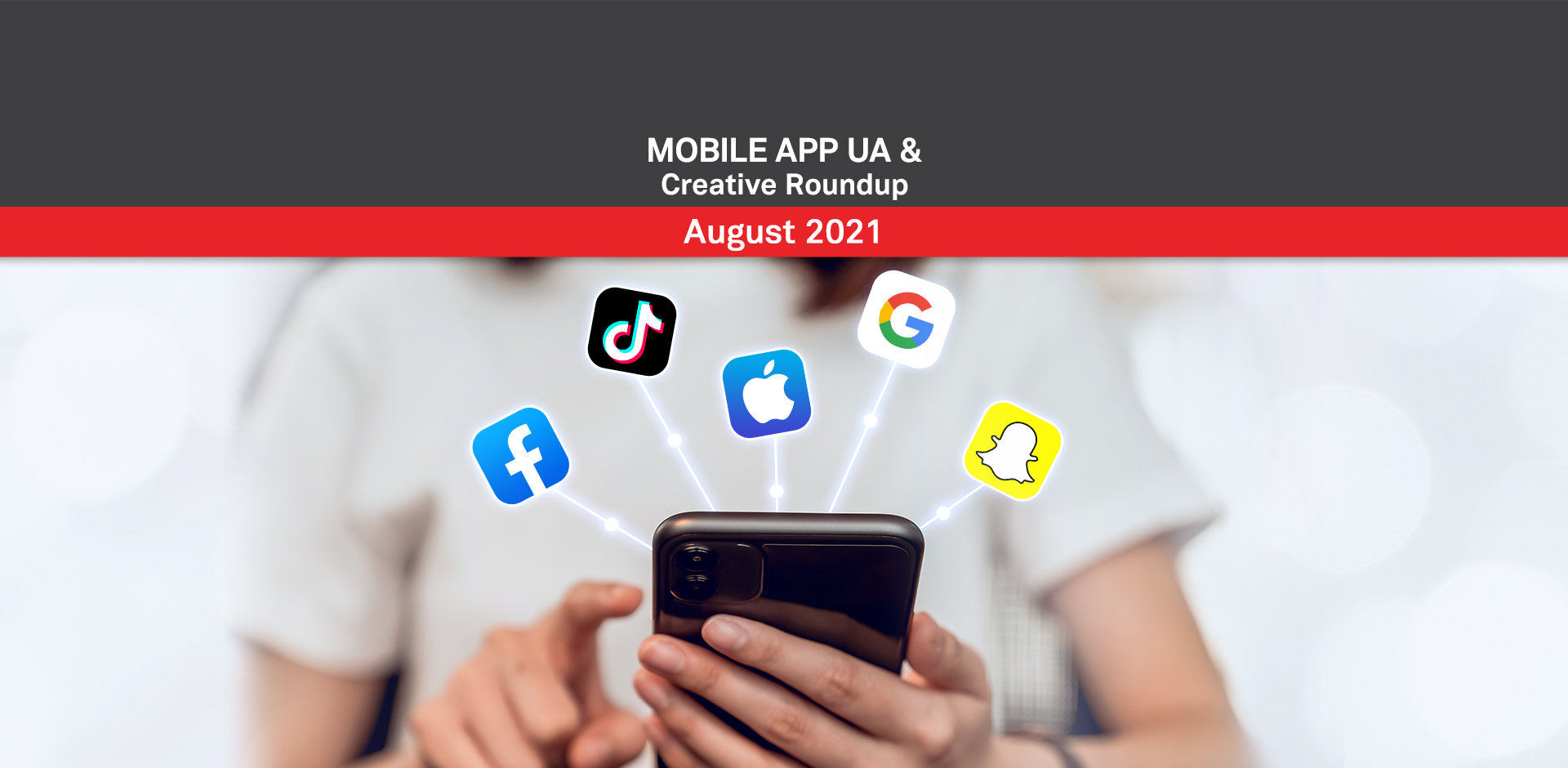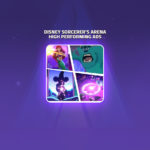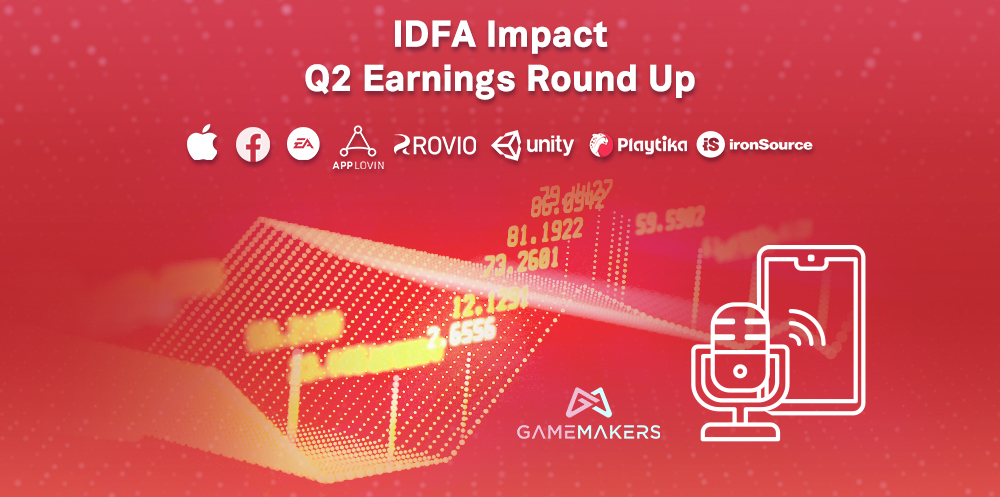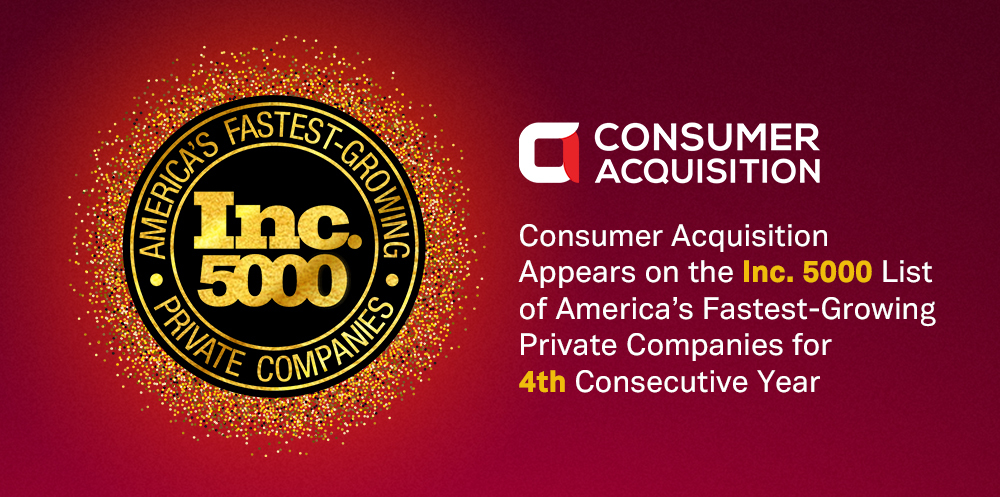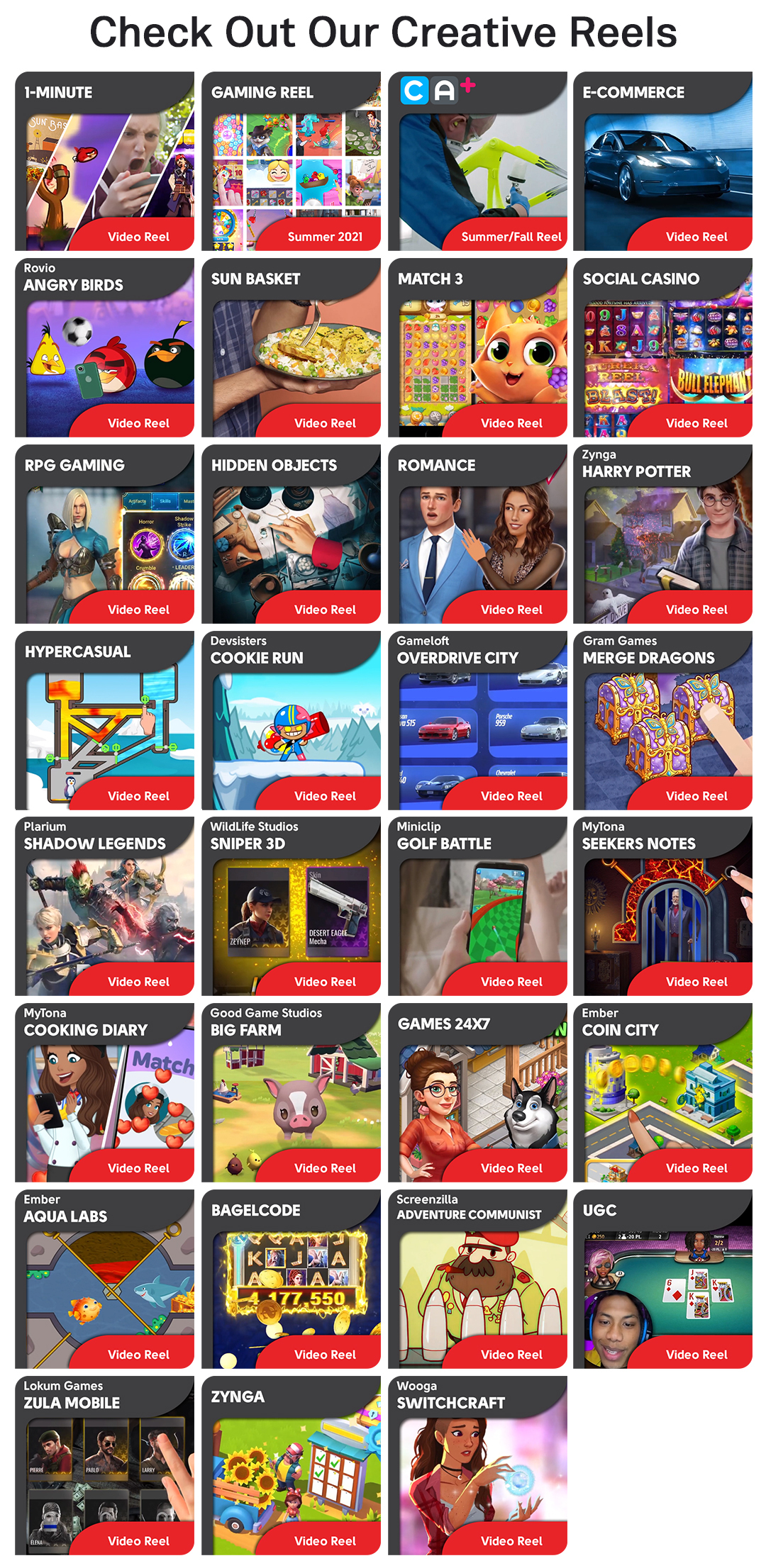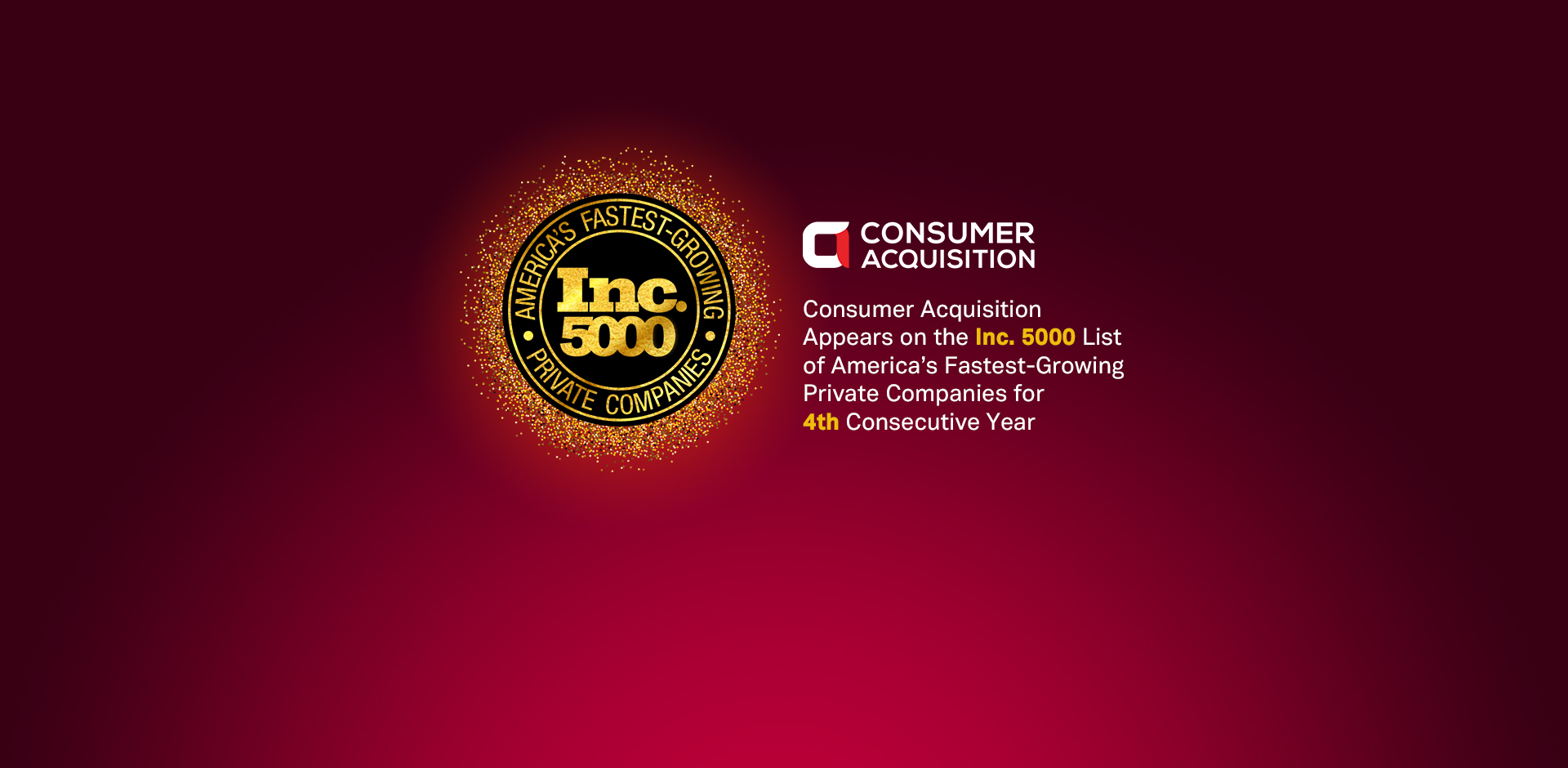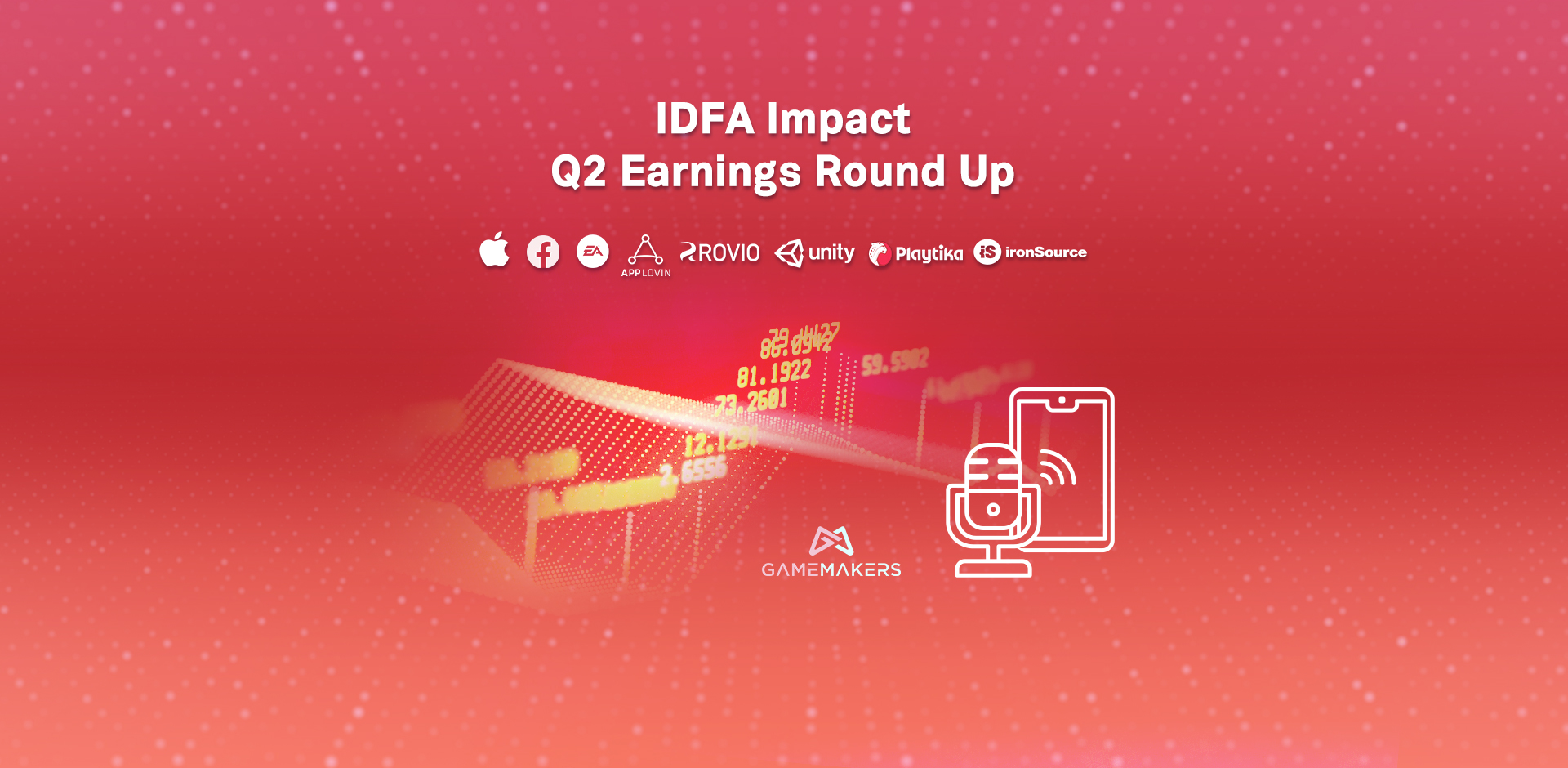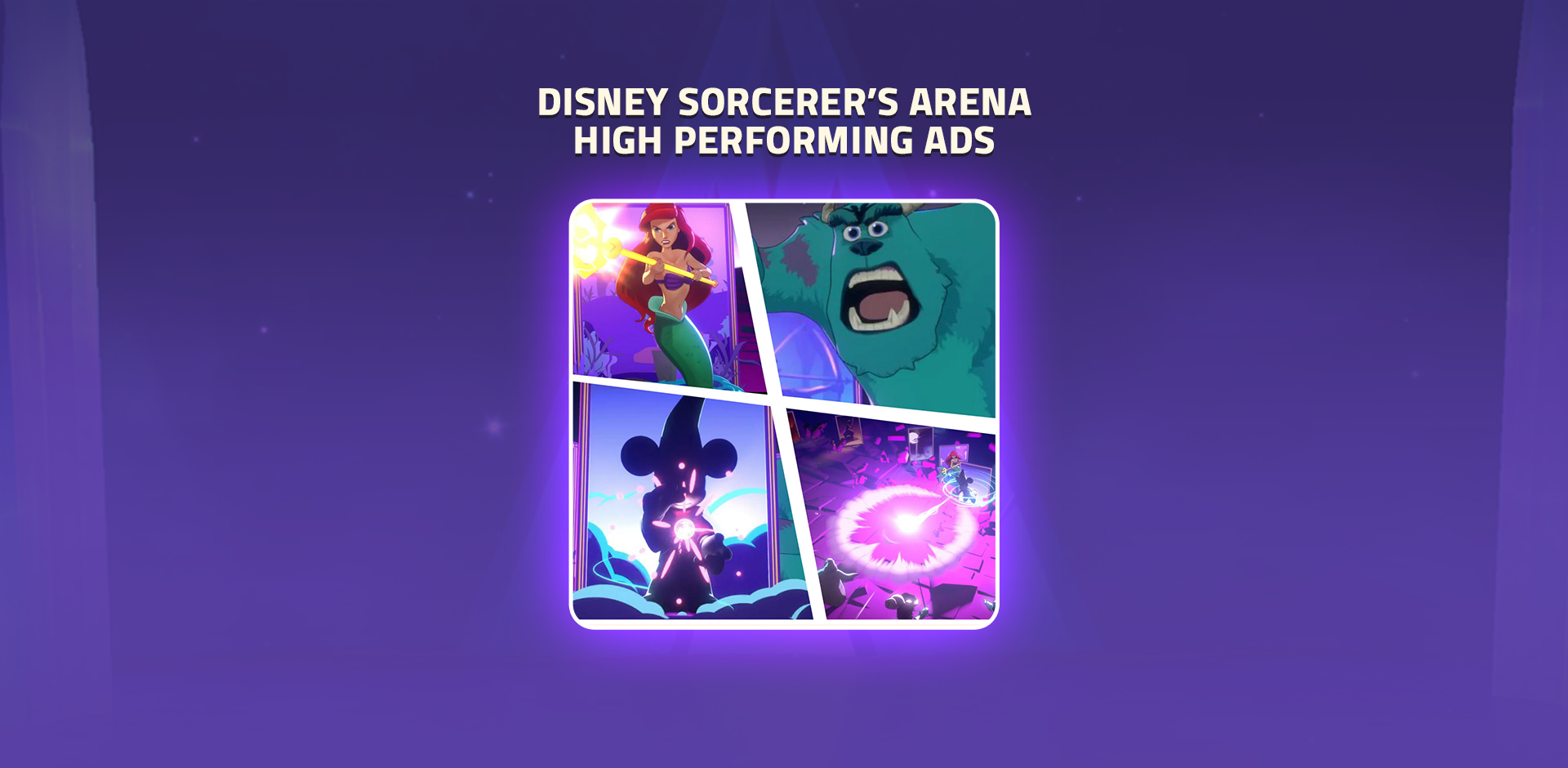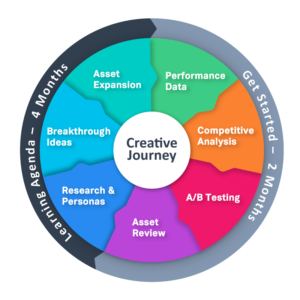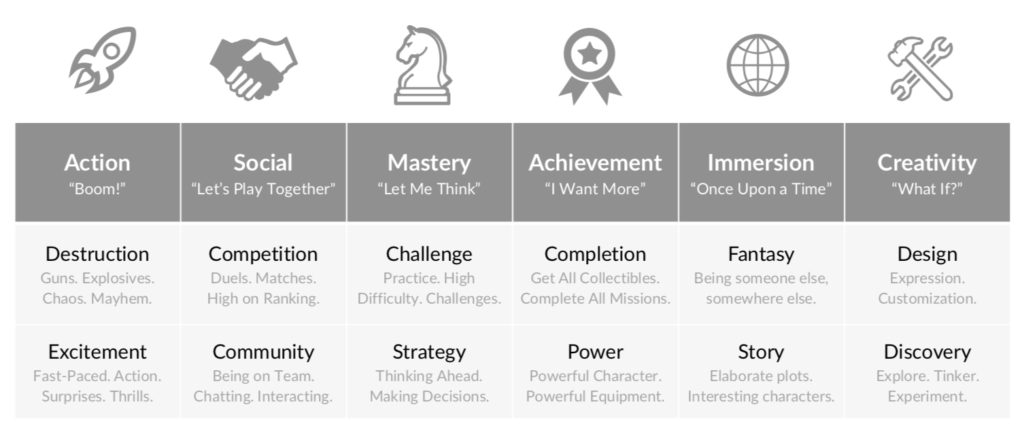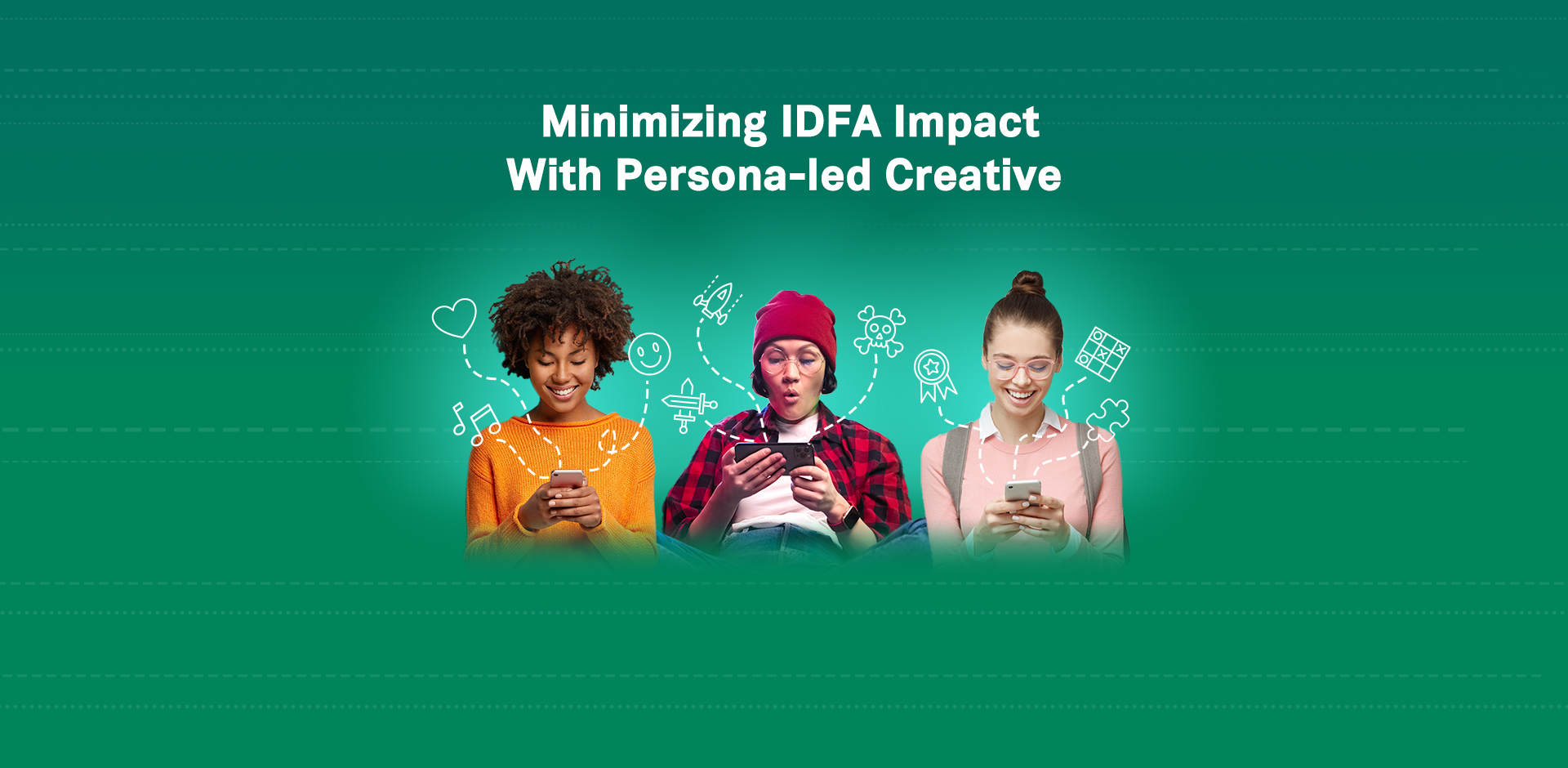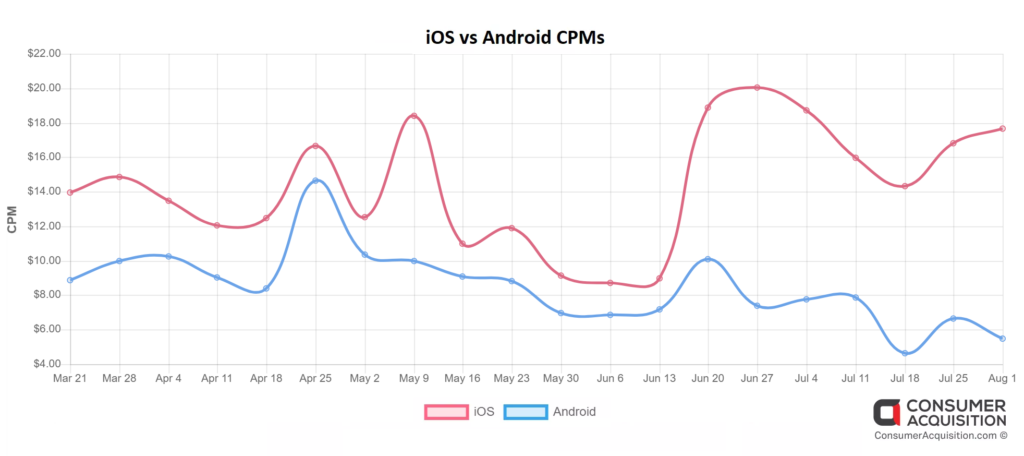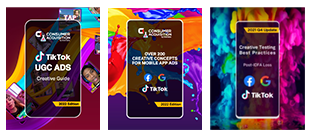- Apple: revenue from ads will be down
- Facebook: +6% ad impressions, +47% CPM avg
- Applovin: iOS 14.5+ adoption +80%, 35-40% ATT prompt consent
- Playtika: iOS 14.5+ adoption +75%, 34% ATT prompt consent
- Zynga: warned IDFA will have a material impact; H2 bookings could be down by $100M
- Unity: captures 50 billion daily in-app events and sees movement toward a contextual ad model without IDFA; raised 2021 guidance $50m
- Ironsource: a platform built to analyze contextual data has 2.5 billion monthly active users; no material IDFA impact loss yet
- Skillz: IDFA loss is yet to be determined, but is expected to be neutral; experimenting with engagement marketing rather than UA spend while CPIs remain high
IDFA Impact Q2 Roundup: Public Company Earnings Reports
Over the past three months, Consumer Acquisition data reports have shown the significant impact of IDFA loss throughout the mobile ads ecosystem, including average revenue drops of 15-20%, the erosion of lookalike audience targeting, and skyrocketing CPMs for iOS advertisers, and even impact on Android ads. Overall, we have seen a nuanced impact across sub-genres. This includes a narrowing of audiences, compromised targeting for highest value players, and inefficiencies for in-app advertising. To discuss these insights, I was a recent guest on GameMakers with Joe Kim, CEO at LILA Games, Warren Woodward, Co-Founder & Chief Growth Officer at Upptic, and Matej Lancaric, User Acquisition & Marketing consultant. We talked about the implications of IDFA loss with actual data, including tactics for UA and Marketing. We addressed the impact, product and monetization changes, and the likely winners and losers coming out of all of this.
Gaming and Ad Network Companies
To add to our ongoing data updates, we now have quarterly earnings being reported from major gaming and ad network companies. This includes their own assessments of IDFA impact. We reviewed the respective earnings call transcripts from Apple, Facebook, EA/Glu, Playtika, Skillz, Unity, Applovin, IronSource, Rovio, and others to see how IDFA’s impact is being discussed. Many conversations about fluctuations in user acquisition efficacy actually considered pandemic impacts in tandem with privacy issues. In fact, analysis for these two factors should be separate. As people return to pre-pandemic device habits, year-over-year traffic may decline; but this is only a piece of the story.
Even if ATT prompt consent is as high as 30% to 40%, as some companies are reporting, that would mean 60% of iOS users are not included in deterministic tracking. iOS advertisers losing 60% to 70% of their target audience must be negatively impacting revenue, LTV calculations, and overall marketing stability and efficiency. We have seen inflated organic attribution as users acquired by paid channels fall outside of the severe 48-hour restriction of SKAN reporting, but it is nowhere near enough to cover the -15% to -35% reduction in revenue we’re hearing from our top advertisers.
Below, we have summarized some notable points from the earnings calls. You can read additional excerpts from the transcripts following at the end of this article.
Q2 IDFA Impact Industry Notable Points
Ad impressions are up 6% and the average CPM is up 47%. Facebook expects increasing ad targeting headwinds in 2021 from regulatory and platform changes, notably the recent iOS updates; they expect to see a more significant impact in the third quarter compared to the second quarter.
Reports 80% of iOS devices are updated to 14.5+ and ATT prompt consent is averaging 35-40%, higher than anticipated. With or without IDFA, scaled first-party data from their 200 million MAU remains intact for reliable LTV models.
They report their “choppy” business performance as a result of reduced COVID-19 restrictions. This drives softness in bookings and Apple’s privacy changes resulting in a higher cost to acquire new players. To compensate for the loss of efficiency, they scaled back iOS UA spend and are adjusting LTV calculations to maintain targeted returns. ROI differences by genre are not material. Though they do see subtleties in some categories, with hypercasual and social casino games doing better than others. They see rising CPMs on Android as more advertisers seeking IDFA relief increase spend there to acquire users in the short term.
Due to broader adoption of Apple’s privacy changes at the end of June, they expect short-term pressure on ad revenue to be more pronounced in Q3 than in Q2, with H2 bookings being down by $100 million as a result; however, they are very confident that the IDFA issue is well in hand and operating within expectations.
ATT prompt consent rate and adoption rates are higher than expected at 34% and 78%, respectively. Successful live ops drive monetization and growth. Due to the operational sophistication required to succeed in a post-IDFA world, smaller companies may see new M&A opportunities.
By capturing and analyzing 50 billion in-app events each day, including one billion in-app events in iOS 14.5, Unity’s scale and depth provide access to a massive amount of end-user engagement and platform performance data. Their movement toward a contextual model that does not rely on IDFA has been successful enough for them to raise guidance by $50 million for 2021.
While there has been no material impact from IDFA loss yet, they say it is still too early to accurately assess and they continue to monitor for short-term effects. Their platform has 2.5 billion monthly active users and was originally built to analyze contextual data. “IDFA changes, we thought that we would see effects in Q1, which didn’t happen, and then in Q2, which didn’t happen. And still, we are conscious and we’re keeping monitoring potential, again, short-term effects.”
The impact of IDFA loss has yet to be determined but is expected to be neutral. They are experimenting with engagement marketing rather than UA spend while CPIs remain high.
Organic mobile growth is up 16% from the same period two years ago, with no mention of user acquisition strategies or IDFA.
IDFA loss has caused concern over revenue impact. However, AppAnnie reports they “haven’t seen anything major” in the data, with only some game categories suffering from the loss of IDFA targetings. Some of these categories include social casino games and strategy games. They remain optimistic about their prediction of 20% growth in the global market in 2021.
MY TAKE ON IDFA IMPACT
Consumer Acquisition’s data representing $300 million in ad spend from January to mid-August 2021 shows that Android click-to-install (c2i) rates remain steady and increase in August, while iOS c2i erodes both for SKAN and non-SKAN tied to IDFA loss. Using c2i as a proxy for traffic quality to avoid the noise generated by CPMs across genres and countries, the erosion of iOS traffic quality is clearly tied to the rollout of iOS 14.5+.
Here’s my take:
- Several public companies appear to have tied COVID traffic decreases with IDFA impact as a way to buy time for full impacts to become clear
- We see a -15% to -20% average revenue loss for iOS broad audience games and -35% revenue loss for heavy IAP/niche audience games
- With only a 35% consent rate to ATT, custom and lookalike audience size has been reduced -65% and effectiveness has dropped
- Continued downward pressure on click-to-install (c2i) is indicative of lower traffic quality across paid social channels
- Many small and mid-sized mobile app developers have paused spending on iOS or shifted heavily to Android, inflating CPMs

At the same time, while iOS CPMs have consistently been more expensive than Android, we see the gap between operating systems close with a spike in iOS CPMs tied to the launch of iOS14.6.
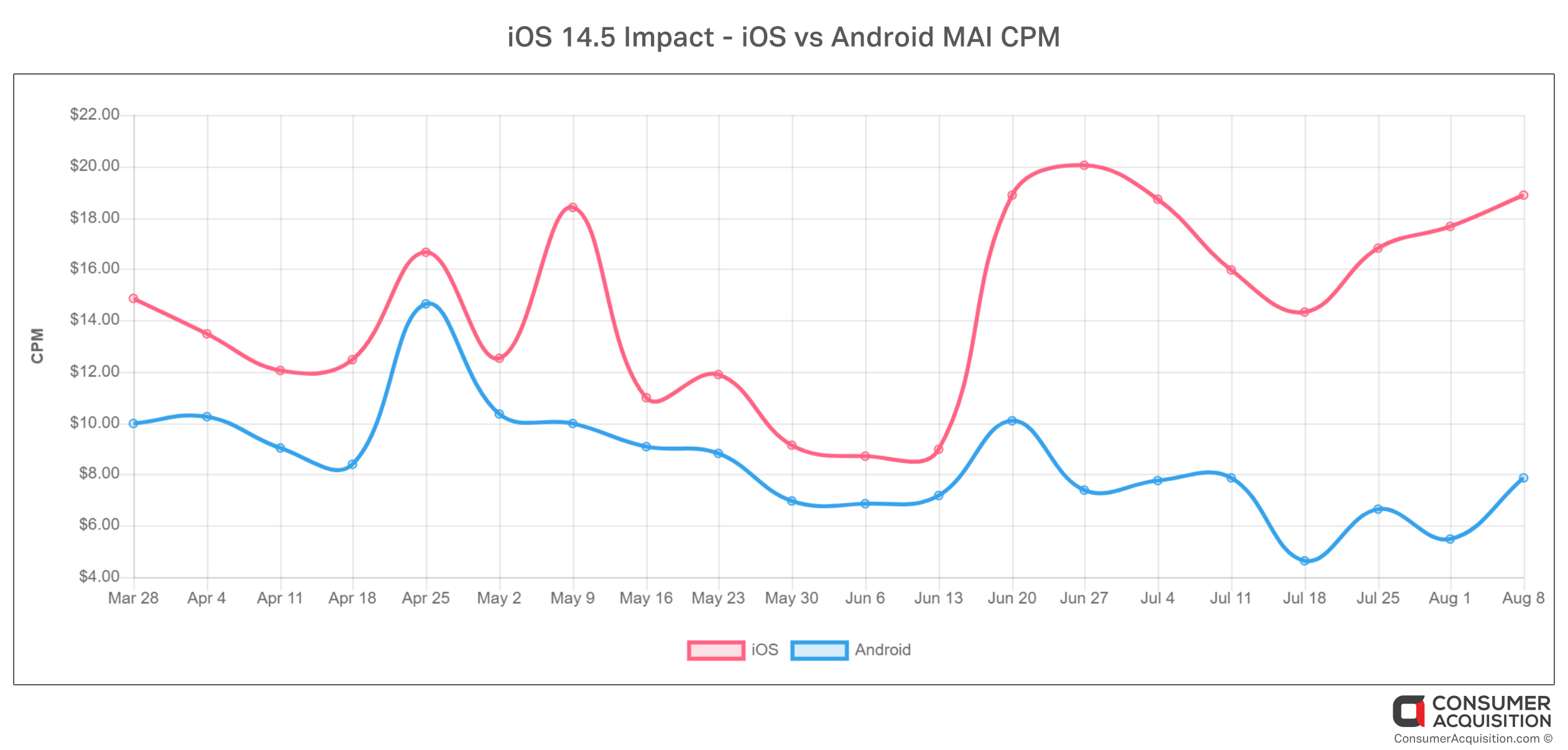
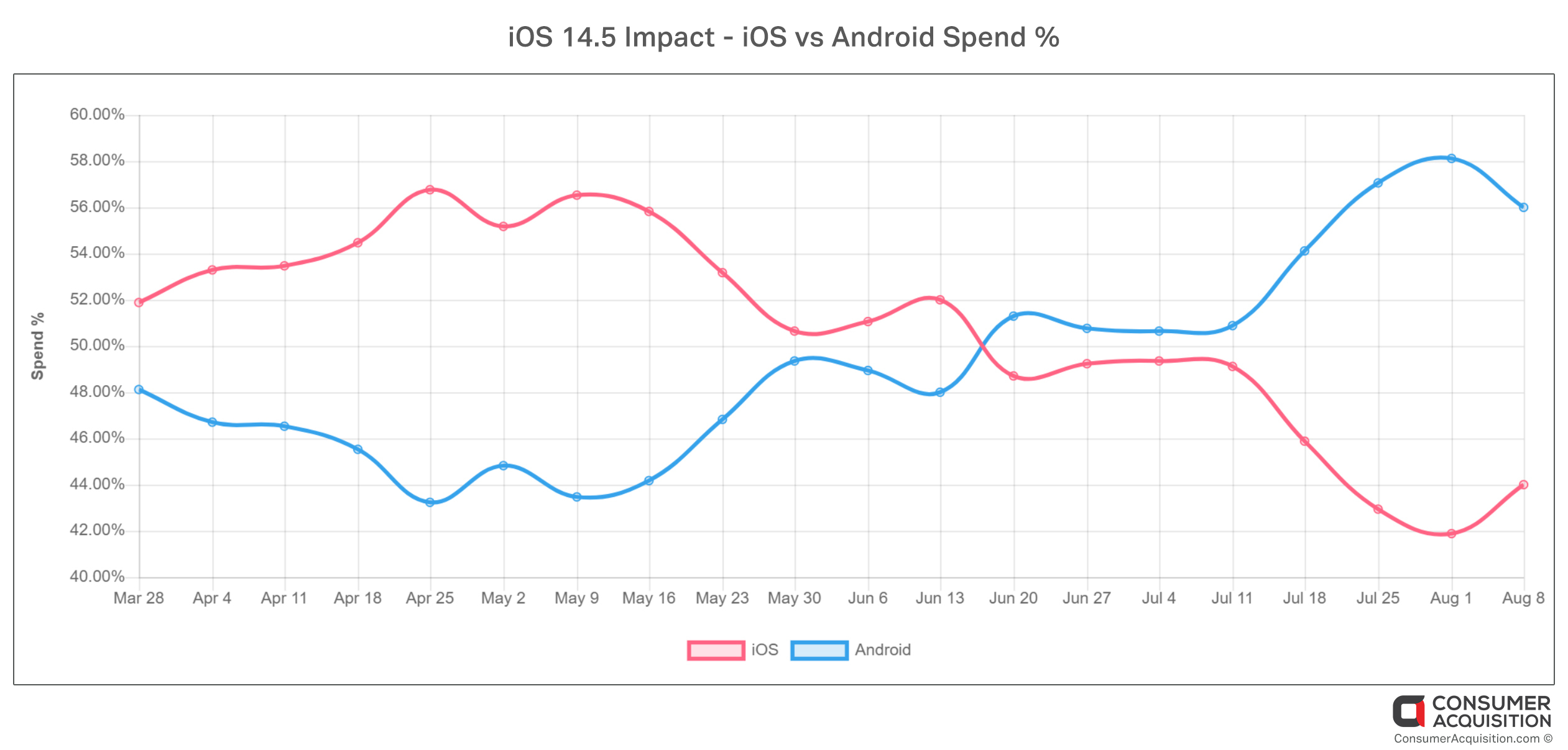
For mobile app advertising on social platforms, CPMs are up, impressions are up, and click-to-install quality is down. It seems that social platforms are adjusting algorithms to maintain their eCPM (i.e., profit) and the result is less effective targeting and lower traffic quality. Very large companies with significant pools of first-party data are the beneficiaries of IDFA changes while the effectiveness of advertising for smaller companies is heavily impacted.
Here’s what’s working right now
With only a 35% consent rate for ATT, custom and lookalike audience size has been reduced -65% and performance is rapidly eroding, and the highest ROAS audiences—which used to last two to three months—now last two to three weeks with a significantly lower return. As lookalike audiences struggle, we are heavily testing interest groups and focusing on the much smaller ATT opt-in audiences for unique app events in a variety of countries. While these audiences require a lot of work to uncover and they burn out quickly, they offer significant pockets of efficiency for two to three weeks. The strongest performance we’re seeing is coming from top countries with localized ad copy with AEO or broad targeting.
How to survive IDFA Impact and thrive
- Focus on persona-led creative to drive performance advertising at scale without deterministic tracking.
- Invest in 20-50 new creative concepts to find a winner, because 85-95% of new creative concepts will fail to outperform the best ad in a portfolio.
- Tear down the silos between product and marketing teams to support agile creative development because winning ads last only 10 weeks before they fatigue and die.
- Adjust onboarding to identify consumers that indicate a propensity to spend within the first 48 hours of gameplay to effectively operate within SKAN’s restrictions.
- Test contextual advertising techniques by combining interest group targeting with persona-led creative tied to customized onboarding flows to help educate the paid social algorithms to deliver better audiences.
How we can help
- We have spoken with twenty large spenders, and they agree that fully loaded costs of internal UA teams are 6-8% of media spend. Consider leveraging the expertise and optics that an external agency provides to gain a broader understanding of the highly evolving IDFA impact.
- Founded in 2013, ConsumerAcquisition.com is a technology-enabled marketing services company that has managed over $3 billion in creative and social ad spend for the world’s largest mobile apps and web-based performance advertisers. We provide a creative studio and user acquisition services for Facebook, Google, TikTok, Snap, and Apple Search social advertisers.
- We can provide your internal user acquisition team a perspective on iOS14+ impact across paid social providers and our Hollywood-based team of storytellers can produce a steady stream of persona-driven creative ideas to stay ahead of creative fatigue.
- Contact Sales@ConsumerAcquisition.com to work with the team.
For more on this, check out this new episode of GameMakers with Joe Kim, CEO at LILA Games, Warren Woodward, Co-Founder & Chief Growth Officer at Upptic, and Matej Lancaric, User Acquisition & Marketing consultant. We discussed the implications of IDFA loss with actual data, including tactics for UA and Marketing to address the impact, product and monetization changes, and the likely winners and losers coming out of all of this. Watch the video below.
IDFA IMPACT EARNINGS TRANSCRIPT EXCERPTS
From Adam Foroughi
“We’ve seen about 80% of iOS devices are now updated to 14.5 or later. And consent rates are coming in quite a bit higher than I think a lot of the folks in the industry had projected. It’s different app by app, but anywhere between 20% to 25% on the low end and 60% to 65% on the high end, and it lands on an average of around 35% to 40% are opting into sharing information.”
—-
“Great. So, the software side, obviously, is seeing a lot of acceleration, and we touched on its last quarter when we highlighted what we thought IDFA’s impact would be. The changes really govern how third parties share data with first parties and how that data is used for advertising. And in our case, we have a lot of first-party data, both scaled 200 million users a month playing our game, scaled across engagement data, and then also scaled transactional data, which is very unique.
We’ve got millions of customers paying and having paid in our games. And then that data, we’re able to put in our machine learning engine, AXON, to come up with really ad recommendations that drive much better performance for the advertiser. We rolled this out in Q4 of last year. And you’ve seen immense amounts of growth on the software side, both in terms of the dollars that people are spending on our platform, which is reflective of the performance, and in terms of new clients coming on, which doubled year over year.
We’re very confident in this trend going forward.”
—-
“So, business apps, just to be clear, is advertising from third-party, typically, ad networks within our own mobile game applications. And then business software is obviously our app discovery solution and the MAX solution, and now, Adjust, so the software net revenue that we report. That business grew exceptionally quickly with the advantages that we thought we had going into the changing landscape. One of the things we touched on in the first-quarter earnings call is our other prediction on IDFA changes where the prices in the ecosystem would drop on iOS, and that flows through to business publishing.
Now despite that, business publishing had quite sizable growth. The mobile gaming ecosystem doesn’t tend to grow that quickly on a year-over-year basis. So, despite the lower pricing in the ecosystem, we still were able to generate outsized growth in that business as well.”
—-
“So, if you recall, we touched on in first-quarter earnings, our advantage we felt like going into the IDFA change was — compared to our peers, is that we weren’t going to fall back from a completely personalized solution to a completely contextual solution that lacked the personalization you get with data. Our advantage truly comes from very scaled first-party data. We’ve got 200 million users playing games every single month that we’ve got good engagement data on.
We’ve got millions of customers who have paid us over the history of our gaming business. All that data remains intact and is in our models with or without IDFA. And so going into the quarter, we felt like we had advantages. We articulated it for you all in Q1.
And then obviously, you’ve seen in the step-up in performance that 3x growth in the software business and up 40% quarter over quarter and the huge ramp-up in clients that we’re able to outperform in the marketplace because of those investments we’ve made over the last couple of years.”
From Frank Gibeau
“The weakness that we saw starting to emerge in late May in July and June was from cohorts that joined our network in 2021. So, these were cohorts that were recently acquired. And as the COVID restrictions started to lift, we saw people starting to play less or obviously other things to do.
The economy has opened. And that was an area where we started to see the weakness. That was compounded by the fact that IDFA was also hitting at the same time, so we weren’t acquiring new players because we weren’t seeing the paid returns. And so that is what dampened a little bit of that part of the business.
Now at the same time, players that had been with us before COVID hit, even early cohorts in COVID, are playing as much, they are engaged as much, if not more, and also monetizing more. So, for the vast majority of our revenue, that audience base is very resilient, very strong. And even through this period of weakness in these new cohorts, they have held in there.
That has been a very encouraging thing for us to see. And as we have moved through July and started to move into August, and we are starting to see more networks respond to the changes in IDFA and starting to be able to demonstrate improving returns that give us encouragement for why we think these are short-term in nature.”
—-
“Yes. I think if you look at the two factors that we are dealing with in terms of the reopening with audience choppiness and then IDFA when we talked about IDFA before, we had said that it was going to be a short-term headwind that we would work through because of our advantages in scale in advertising and product management. We remain committed to that. Well, we are already seeing an improvement in early UA trends.
Really, what had to happen was new tools, new ad products, the networks need to retool. We needed to look at real data in terms of the supply and demand factors. And that is what when iOS hit 80% in June, that June period in July is really working through that, and we have seen that improvement in late July and going into August, where we feel very confident that IDFA is something that we are working our way through.
And it is had an impact, but again, a short-term nature type thing that we communicated in the long-term, we don’t see it as a negative. It is something that we just have to adjust for, and we have started to do that by looking at different networks.
Unity Network
We have started to buy on networks that we weren’t buying on before because they have done a good job improving their products. As an example, Unity is a network that has done a good job adjusting to IDFA.
In addition to that, we have used some other techniques in terms of how we value a player, what types of calculations we are doing in terms of looking at the spread between install and LTV. So, it is a variety of different techniques that you experiment against you see the results, you see if they are predictive and then we start deploying those.
So, I’m very confident and feel very good that the IDFA issue is well in hand and operating within expectations. The softness in the cohorts that we acquired in 2021, that choppiness has had more of an impact on the run rate. That has been where we have seen a little bit more of an adjustment that we have had to make with regards to how they were operating versus earlier cohorts in COVID.”
From Craig Abrahams
“You know, we feel confident about our positioning regarding [IDFA] for a couple of reasons. As you mentioned, our ad revenues are only 3% of our business, and so our top line is minimally impacted by this. Second, the data we’ve seen on the media buying side has been encouraging. Our effective CPI’s have been stable in pre-and-post-IDFA periods. And our current consent rate and adoption rates are higher than we expected at 34% and 78%, respectively.
In other words, 78% of the impact has been absorbed, and we haven’t seen an increase in our effective CPI’s. Just to be clear, effective CPIs include organic and unattributed traffic acquired. Third, this is a type of event where Playtika’s excellence really stands out. We’ve become very effective in our offline and non-performance marketing campaigns. And we buy traffic from a larger number of networks. So, we’re more diversified in that respect as well.
In addition, with our live ops, we’re very successful at monetization, which means we have more tools to drive growth, and we convert users faster, so our feedback loop is stronger since we get data faster. We also use sophisticated AI and our proprietary [indiscernible] tool that allows us to optimize our media buying and budget allocation based on ROI.
On the upside, we think that IDFA will create more M&A opportunities, given the level of operational sophistication needed to succeed in this environment has just increased dramatically, and many smaller companies are not able to meet that bar.”
From Luis Visoso
“The team has been preparing for IDFA for at least the last two years. I was part of several of these conversations as a board member before joining Unity, and I was always very impressed by the quality of the thinking. But now that I’m on the other side, I’ve been even more impressed and see the plans in detail. Let me try to dimensionalize this for you. Our operating organization captures and analyzes 50 billion in-app events each day.
If you do the math, that’s about 35 million in-app events every minute, and we do this across 20 platforms. This includes roughly 1 billion in-app events in iOS 14.5 each day. We believe that the ability to analyze this data positions us very well in the industry. So, as we talk to the teams, there are probably five key takeaways that I would like to leave you with.
First, spending on our platform is very strong. There is a shift toward ROI-based campaigns on our platform through Audience Pinpointer, which is when advertisers determine the outcome that they want from the campaign, and we determine the right channels and price for them to achieve their KPIs. So that’s point number one. Point number two, our contextual model, which very importantly does not rely on IDFA, is working well.
Privacy
We need to perform for our customers even in a more privacy-aware environment. Unity’s game engine leadership is a strength, and it provides us with deep context for our ads business. Third point, our scale and depth provide us access to a vast amount of end-user engagement and platform performance data, which is the point I was mentioning earlier. It’s about these 50 billion in-app events every day and across these 20 platforms.
The fourth point, which is probably one of my favorites, is the customer feedback we’re getting is very strong, Chris. Let me read to you three quotes that I got from the team which is coming from our customers. Quote number one, “Out of all our partners, we’re most happy with Unity as we’re having a lot of problems with others.” Quote number two, “We partner with every single network available, and Unity’s readiness and guidance are far above the rest.” Quote number three, “We work with every network and none of them are able to compete with Unity when it comes to iOS 14.5 readiness and reactiveness.”
So, if I look at everything with this customer feedback, I’m confident that we’re in a very strong competitive position. And the last point I wanted to make on this is we’re raising our guidance by $50 million, and the driver of that increase is the Operate business.
We have momentum, we beat Q1 expectations, and are raising our forecast for the year. So IDFA will most likely impact the ads industry, but we believe that our data and analytics advantage plus this advanced preparation that I was mentioning, position us very well to manage the IDFA. And we’ll obviously keep you informed as we learn more.”
From Assaf Ben-Ami
“Before moving to our guidance, I wanted to spend a minute on IDFA. I also have invested extensive resources in preparing for Apple’s changes, which require apps to ask users for permissions for tracking them across applications. We believe our investment and preparation will help our platform and technology to adapt to Apple’s changes.
While we have not yet seen any material impact for Apple’s changes, it is still too early to accurately determine the full impact. Our guidance takes into account some potential short-term uncertainties related to the change while still reflecting the ongoing success and momentum of the platform. In the long term, we believe that our technology gives us a competitive advantage and position us to provide additional value to our customers in the context of this industry change.”
From Tomer Bar-Zeev
“Look, so I think a lot has been said about IDFA in the last few months. And with a few months already into the rollout of IDFA, I think we have a much better view of the current impact and, I think, a fair estimate on how it will look going forward. And I would say that when we last talked, we said that the ironSource platform is probably best geared to cope with the IDFA changes, among other reasons because it was originally built to provide contextually — to analyze contextual data.
So, by definition, the platform was built with a lot of — taking into account a lot of privacy issues. So, we thought that we would potentially be one of the beneficences of the IDFA changes. That’s not to say that we still might see some short-term effect from IDFA in the very short term, but we remain very positive about our estimation that long-term IDFA is a net-net benefit for ironSource because of the way we deal with contextual data and the way the platform has built from the get-go.”
“I would say that one element that we’re very conscious about is how to best anticipate and to be able to adjust the model for potential IDFA changes, which I think we and the rest of the industry initially thought that we would see some effects in Q1, which really didn’t happen, and then in Q2, which really didn’t happen. And still, we are conscious and we’re keeping monitoring potential, again, short-term effects. And those are budgeted already in the guidance that we’re giving for Q3 and the rest of the year. But I would say, very consistent with our views and our expectations going forward. So, I would say, luckily, no surprises so far.”
From Casey Chafkin
“So IDFA is still relatively early in terms of the rollout of iOS 14.5% has been relatively slow. And so, it’s pretty early to read the impact of it. So, I would say we continue to expect that the impact of IDFA will be neutral. On the one hand, cost per install likely decreases as advertisers lower their bids in response to less efficient targeting and attribution. On the other hand, this potentially decreases conversion rates as well.”
—-
“In terms of what we’re seeing in July for CPI, we’re starting to see the pace of industry pricing increases begin to stabilize, and we expect that pricing to flatten before decreasing later this year. We think that decrease is going to be driven by market dynamics, pushing down industry pricing as a whole, but also as a result of the investments that we’re actively making in our distribution costs, Aarki, other traffic initiatives, brand distribution partnerships, things like that.
In terms of user acquisition versus engagement marketing, what we saw in Q2 was rising CPIs. In the face of that, we maintain the financial discipline and we reduced our UA investment.
This is something that we typically plan for in Q2 as a result of seasonal pressures, but it’s also something that we can allocate dynamically based on what we’re seeing inside the market.
And with that — with the bandwidth that came back to the team as a result of reducing that spend, we were able to increase our experimentation with engagement marketing. You hit it quite right, we’re looking for the most effective way to drive dollars that bring our users back that increase their customer lifetime value. And so, as we look at the path ahead, if CPIs stay up, we’re going to chart a very similar course and we’ll eliminate the experiments that don’t work. We’ll keep the ones that do, but we’ll continue testing as we build for the long-term future of the business.”
From Blake Jorgensen
“Because of the impact of the pandemic on year-on-year over comparisons, it’s helpful to compare this quarter with the pre-COVID Q1 fiscal 2020 to better understand underlying growth. On that basis, FIFA Ultimate Team is up 47%; Madden Ultimate Team, up 115%; equivalent to CAGRs of 21% and 47%, respectively. Similarly, sales, including Codemasters from our broad portfolio of catalog titles are up 55%, a CAGR of 25%. Mobile, excluding our Glu acquisition, is also up 16% organically over the same period 2 years ago.”


